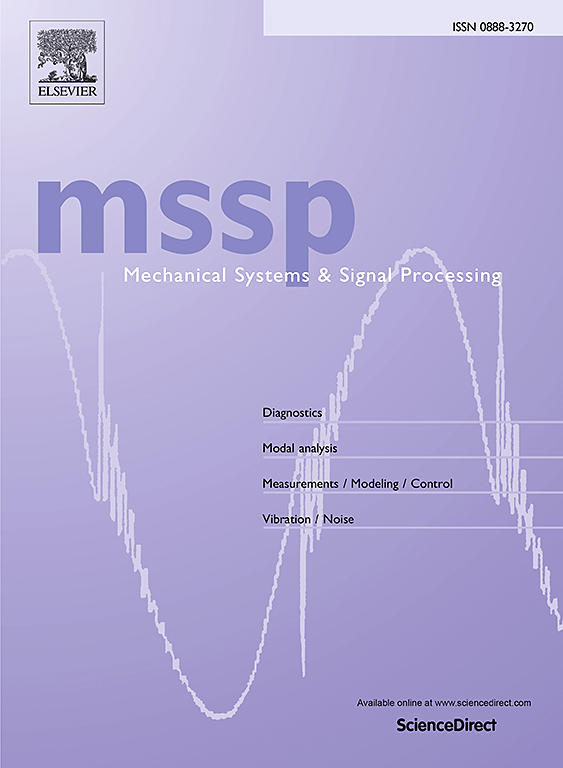Interfacial resistance-based multifunctional health monitoring on ultrasonic welding of carbon fiber-reinforced thermoplastic composites
IF 8.9
1区 工程技术
Q1 ENGINEERING, MECHANICAL
引用次数: 0
Abstract
Ultrasonic welding is a pivotal technique for joining carbon fiber reinforced thermoplastic polymers (CFRTP), with broad applications across various industries. Despite its importance, current methods for predicting the quality of ultrasonic welding joints are complex, and there is a pressing need for accurate, non-destructive, and cost-effective methods to detect damage during service. This study introduces an innovative, multifunctional health monitoring approach for CFRTP ultrasonic welded joints that leverages the conductivity of carbon fibers at the welding interface. By establishing a correlation between welding strength and post-weld interface resistance, we achieved a non-destructive method for predicting joint quality. The simultaneous monitoring of welding power and interface resistance during the process enabled a detailed analysis of the ultrasonic welding dynamics and melt conditions, allowing for real-time interface monitoring. Furthermore, during lap-shear tests, the method employed resistance monitoring to compare stress–strain curves with resistance variation curves, revealing insights into various damage stages and their associated resistance changes, thus enabling damage sensing during service. The proposed method not only holds promise for quality prediction and damage monitoring of complex connection structures but also has the potential to be integrated with neural network deep learning for real-time optimization of welding processes. This advancement is instrumental in promoting and expanding the application of CFRTP in industrial settings.

基于界面电阻的碳纤维增强热塑性复合材料超声焊接多功能健康监测
超声波焊接是连接碳纤维增强热塑性聚合物(CFRTP)的关键技术,在各个行业都有广泛的应用。尽管超声焊接具有重要意义,但目前用于预测焊接接头质量的方法很复杂,迫切需要准确、无损、经济有效的方法来检测使用过程中的损伤。本研究介绍了一种创新的、多功能的CFRTP超声焊接接头健康监测方法,该方法利用了焊接界面碳纤维的导电性。通过建立焊接强度与焊后界面阻力之间的关系,实现了一种无损预测接头质量的方法。同时监测焊接过程中的焊接功率和界面阻力,可以详细分析超声波焊接动力学和熔体条件,从而实现实时界面监测。此外,在弯剪试验中,该方法采用电阻监测,将应力-应变曲线与电阻变化曲线进行比较,揭示了不同损伤阶段及其相关电阻变化,从而实现了在使用过程中的损伤感知。该方法不仅可以用于复杂连接结构的质量预测和损伤监测,还可以与神经网络深度学习相结合,用于焊接过程的实时优化。这一进展有助于促进和扩大CFRTP在工业环境中的应用。
本文章由计算机程序翻译,如有差异,请以英文原文为准。
求助全文
约1分钟内获得全文
求助全文
来源期刊

Mechanical Systems and Signal Processing
工程技术-工程:机械
CiteScore
14.80
自引率
13.10%
发文量
1183
审稿时长
5.4 months
期刊介绍:
Journal Name: Mechanical Systems and Signal Processing (MSSP)
Interdisciplinary Focus:
Mechanical, Aerospace, and Civil Engineering
Purpose:Reporting scientific advancements of the highest quality
Arising from new techniques in sensing, instrumentation, signal processing, modelling, and control of dynamic systems
 求助内容:
求助内容: 应助结果提醒方式:
应助结果提醒方式:


